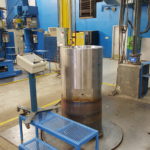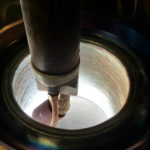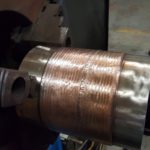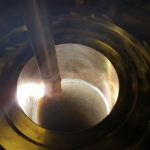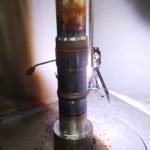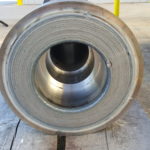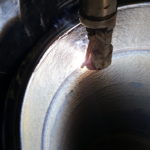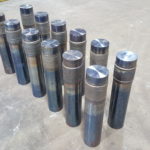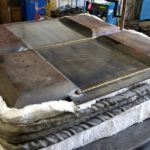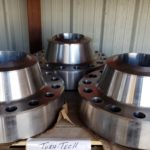 Cladding, also known as weld inlay or overlay, is the process of depositing a material on the surface of another for enhanced material properties (primarily corrosion resistance). While C&J specializes in GTAW-P-HW cladding, we also perform cladding using many other welding processes. The most common material for Oil & Gas cladding is nickel alloy 625, but with developing technology and advancements in materials we are discovering new alloys that may result in longer life for your project.
Cladding, also known as weld inlay or overlay, is the process of depositing a material on the surface of another for enhanced material properties (primarily corrosion resistance). While C&J specializes in GTAW-P-HW cladding, we also perform cladding using many other welding processes. The most common material for Oil & Gas cladding is nickel alloy 625, but with developing technology and advancements in materials we are discovering new alloys that may result in longer life for your project.
C&J maintains more than 200 welding procedures for cladding.
Processes
- GTAW-P-HW (Gas Tungsten Arc Welding Pulsed Hot Wire)
- GTAW (Gas Tungsten Arc Welding or TIG or Heli-Arc)
- SAW (Submerged Arc Welding)
- SMAW (Shielded Metal Arc Welding or STICK)
- GMAW (Gas Metal Arc Welding)
- PAW (Plasma Arc Welding)
- PTAW (Plasma Transferred Arc Welding) Wire Feed
- PTAW (Plasma Transferred Arc Welding) Powder Feed
- Above processes utilize manual, semi-automatic, and mechanized systems





